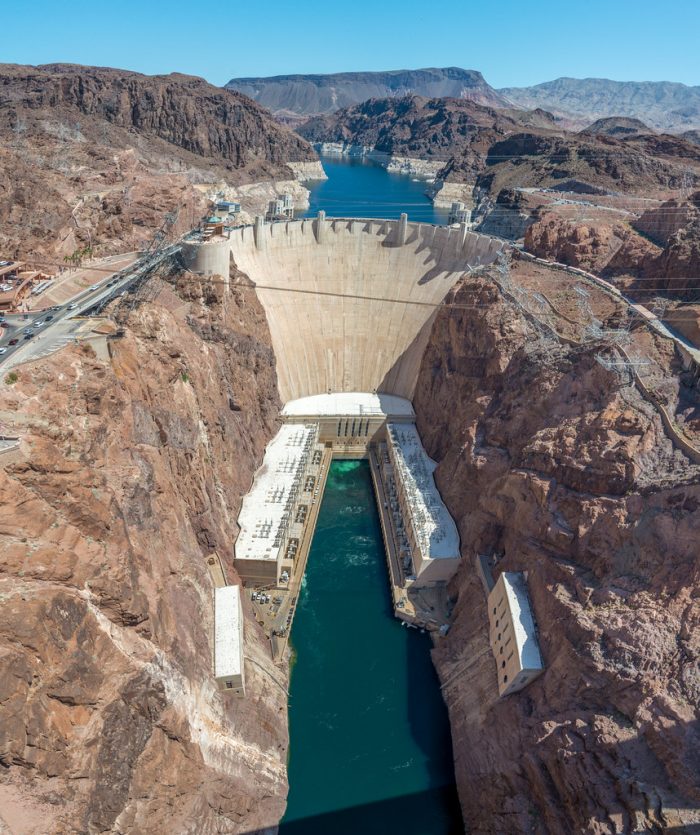Belite-rich cements emit less process and energy-related CO2 than ordinary Portland cement and generates less heat as its cures, making it attractive for massive concrete structures, such as hydroelectric dams.
The ability of Portland cement to harden comes from the presence of two calcium silicate minerals, alite and belite. In ordinary Portland cement, alite is the more prevalent of the two; in reactive belite-rich Portland cement (RBPC), this is reversed. The belite in RBPC is also more reactive – and therefore quicker to set – than that found in ordinary Portland cement, where is primarily responsible for later-age strength development.
The idea of belite-rich Portland cement (BPC) is not a new one: in the 1930s it was used in the construction of the Hoover Dam in the USA. As a lower-energy cement than ordinary Portland cement, it resurfaced during the 1970s oil crisis; however, its use remained limited until China started using it on an industrial scale in the late 1990s.

RBPC requires lower quantities of limestone in the raw meal, as well as lower clinkering temperatures, compared to ordinary Portland cement. Chinese experience has showed a reduction of 10%-20% in thermal energy requirements and 5% in limestone requirements when producing RBPC, resulting in a 10%-20% drop in carbon dioxide (CO2) emissions, as well as lower NOX and SOX emissions. Meanwhile, concrete made with RBPC generates less heat as it cures, resulting in lower shrinkage and higher resistance to cracking, as well as high later-age strengths.
Other benefits include lower water demand, better compatibility with different types of water-reducing additives, higher mortar flow ware, and higher resistance to chemical corrosion. Uniquely and in contrast to ordinary Portland cement, RBPC also cures consistently at higher temperatures, opening up the prospect of its use in tropical and other high-heat environments.
Its more widespread use is challenged, however, by a longer setting time, when compared to ordinary Portland cement (a function of its lower alite content). Although there may be the potential to shorten its setting time by reducing the particle size of RBPC, this would come at the cost of higher energy demand and equipment wear in the mill, exacerbating the already lower grindability of RBPC.